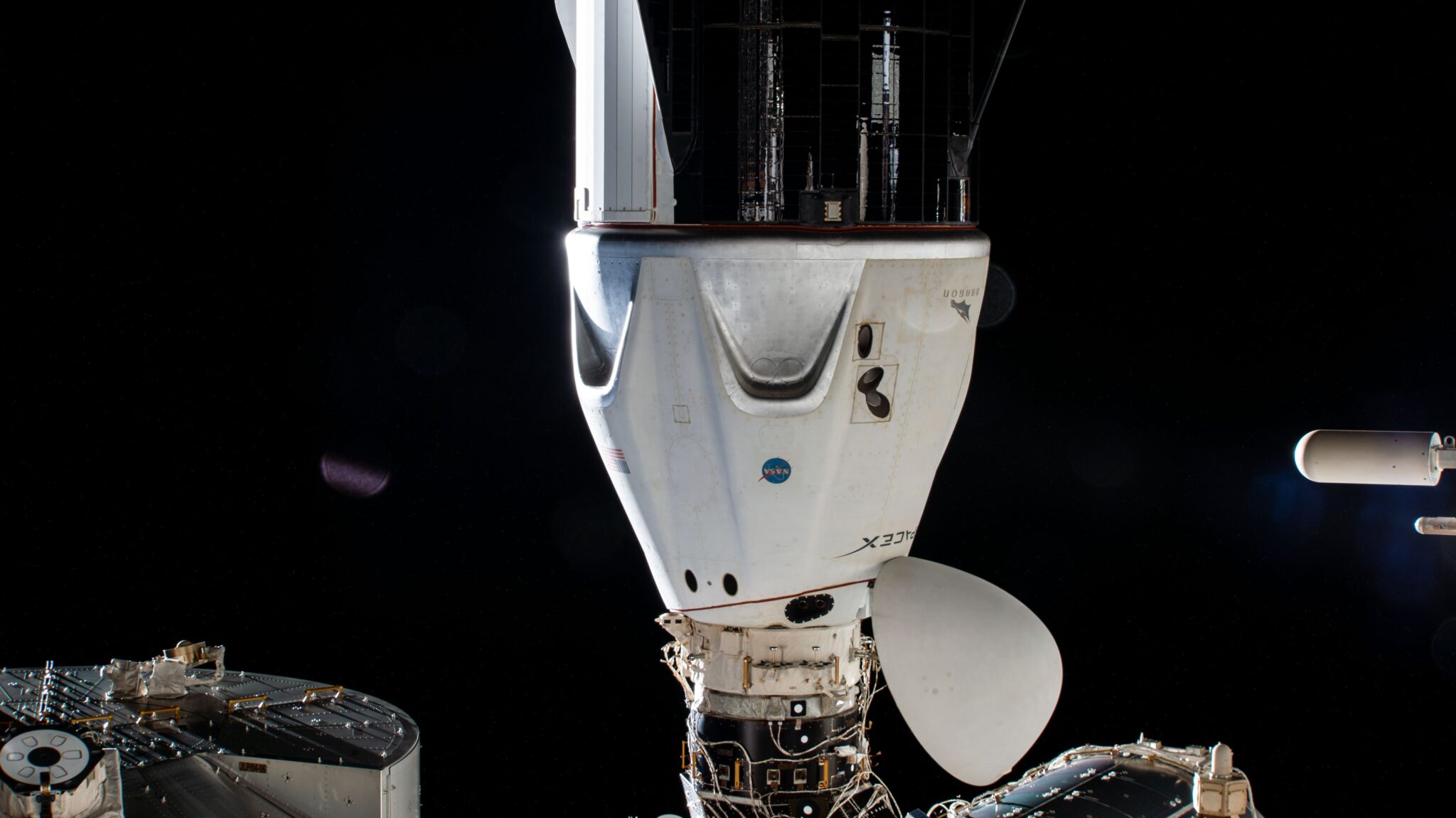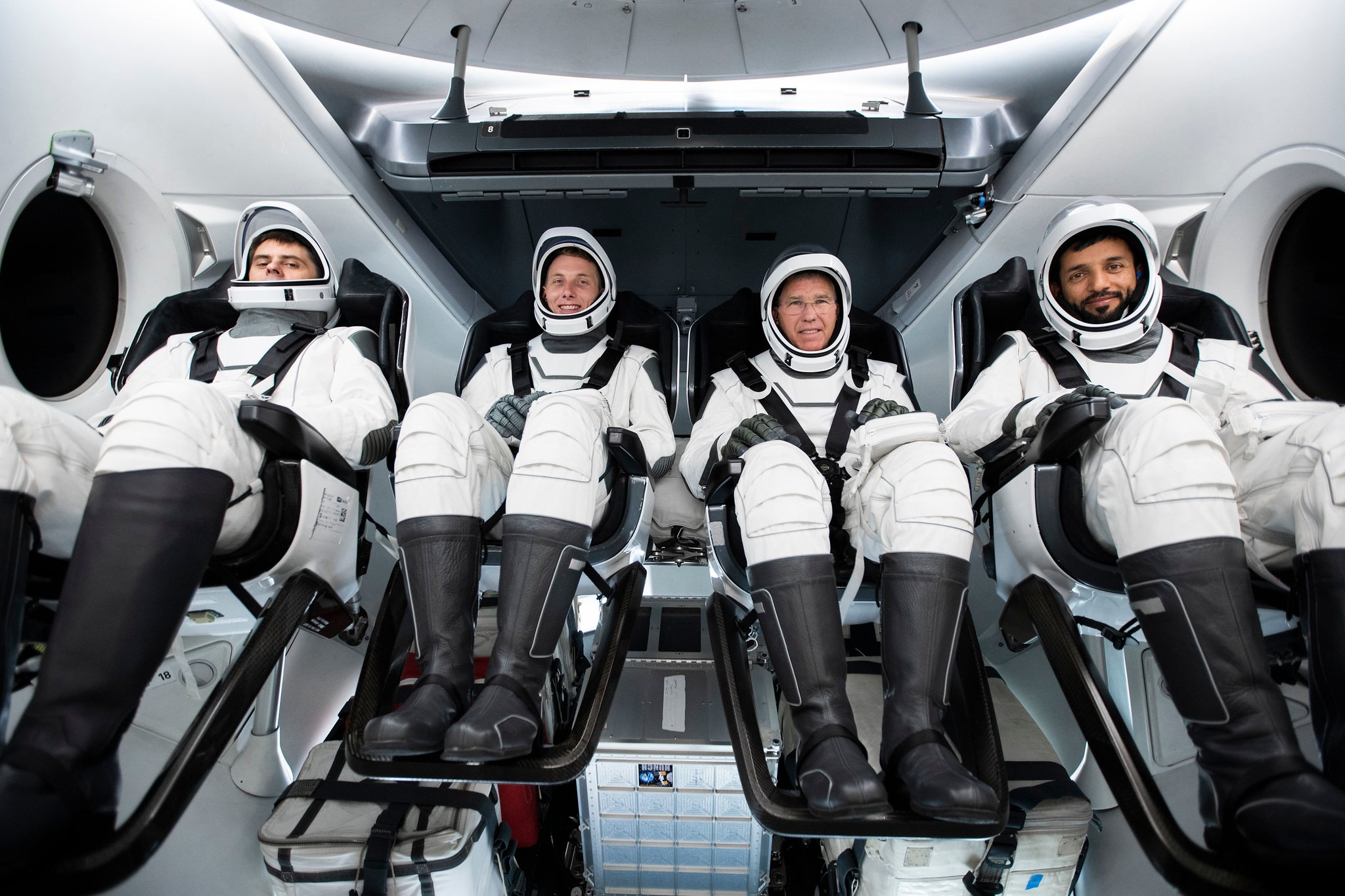The astronauts of the Crew-6 aboard the SpaceX Crew Dragon spacecraft docked to the International Space Station after a day-long journey to the orbital outpost after launching from the coast of Florida on the morning of March 2.

The spacecraft was supposed to dock with the ISS on March 3 at around 8:15 a.m. GMT, but this was postponed as ground crews worked to troubleshoot the sensor on the docking equipment of the capsule. It is used to fix the spacecraft on the orbital station.
A faulty sensor interfered with the mission from the very beginning. After Crew Dragon Endeavor reached orbit, it caused problems when trying to lift the nose cone of the spacecraft, which protected the docking equipment during the flight through the atmosphere and should open after reaching space. Ground teams were able to use a backup system to solve the problem.

Then the capsule was forced to linger when it was already about 20 meters from the space station, and engineers worked in real time to find a solution to the problem. Fortunately, the malfunction was overcome and the crew successfully moved to the ISS.
About the Crew-6 mission
The Crew-6 team includes NASA astronauts Stephen Bowen, a veteran of three Space Shuttle missions, and Warren Hoburg, who flew for the first time, astronaut from the United Arab Emirates Sultan Al Neyadi and Russian cosmonaut Andrey Fedyaev. It is expected that they will stay in space for six months, conducting scientific experiments and carrying out scheduled maintenance of the space station. Within a few days, Crew-6 astronauts will take over duties from four Crew-5 members who have been on the space station since October 2022.
All aboard the orbiting laboratory! The four members of our @SpaceX #Crew6 mission have entered the @space_station and were greeted at their welcoming ceremony. Next: a safety briefing and orientation, then the new arrivals are off to catch some sleep. pic.twitter.com/wegjRG0qjs
— NASA (@NASA) March 3, 2023
Crew-5 astronauts, including Nicole Mann and Josh Cassada from NASA, astronaut Koichi Wakata from JAXA and cosmonaut Anna Kikina from the Russian Space Agency Roscosmos, are expected to return home in the coming days after completing the operational transfer of duties to the Crew-6 team.
Tasks for the next six months on the ISS
Bowen, Hoburg, Fedyaev and Al Neyadi will lead more than 200 scientific and technical projects, including the study of how some matter burns in a microgravity environment, and the study of microbial samples that will be collected from outside the space station.
Crew-6 astronauts will also take on two other key missions that will stop at the space station during their stay. The first is the flight tests of the Boeing Starliner spacecraft, which will fly with astronauts on board as part of a partnership between Boeing and NASA. The flight, scheduled for April, will take NASA astronauts Barry Wilmore and Sunita Williams to the orbiting laboratory. This will be the last stage of the testing and demonstration program that Boeing must complete to certify its Starliner spacecraft for routine astronaut missions.
Then in May, as part of the Axiom Mission 2 (AX-2), a group of four astronauts is due to arrive at the ISS. This flight to the space station will be financed by private investors.
Earlier we reported on how SpaceX would try to launch Starship in March.
Follow us on Twitter to get the most interesting space news in time
https://twitter.com/ust_magazine

